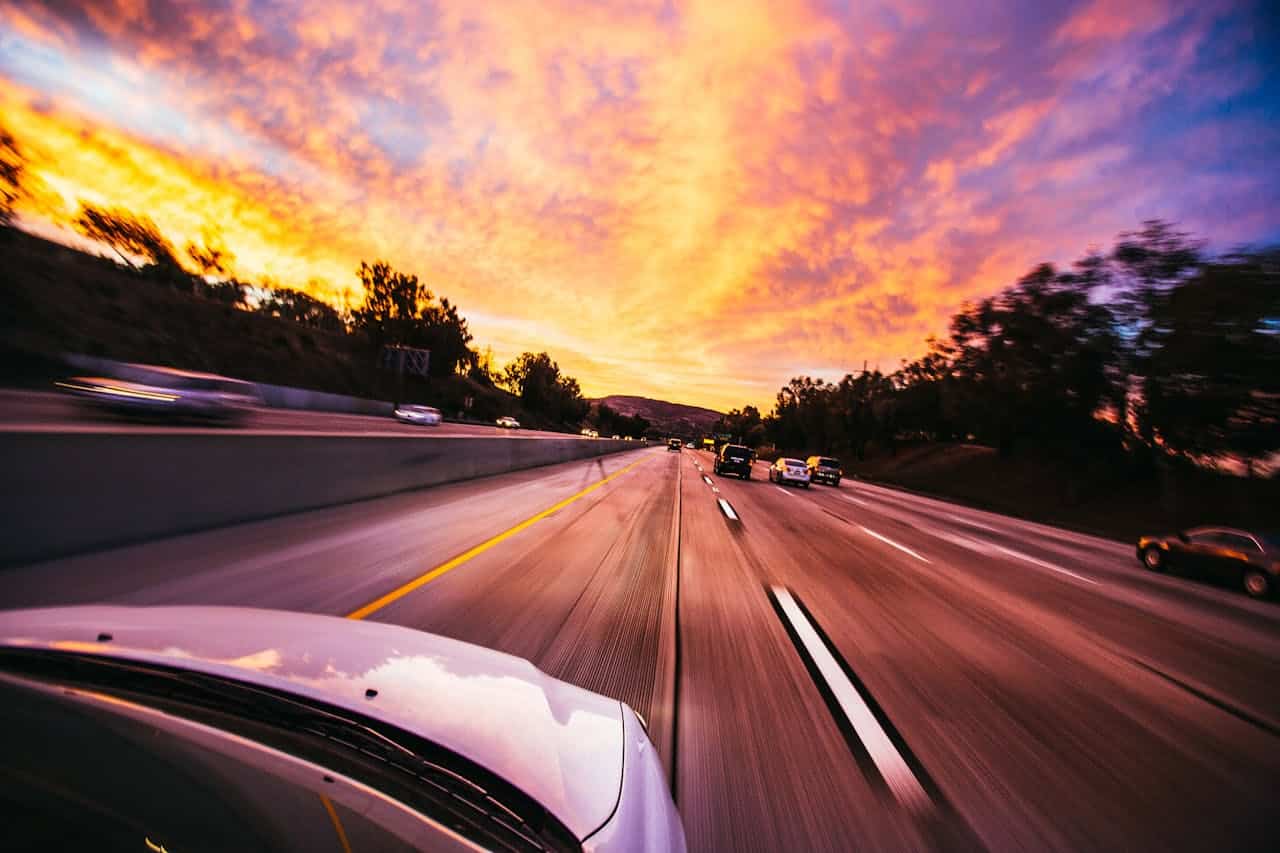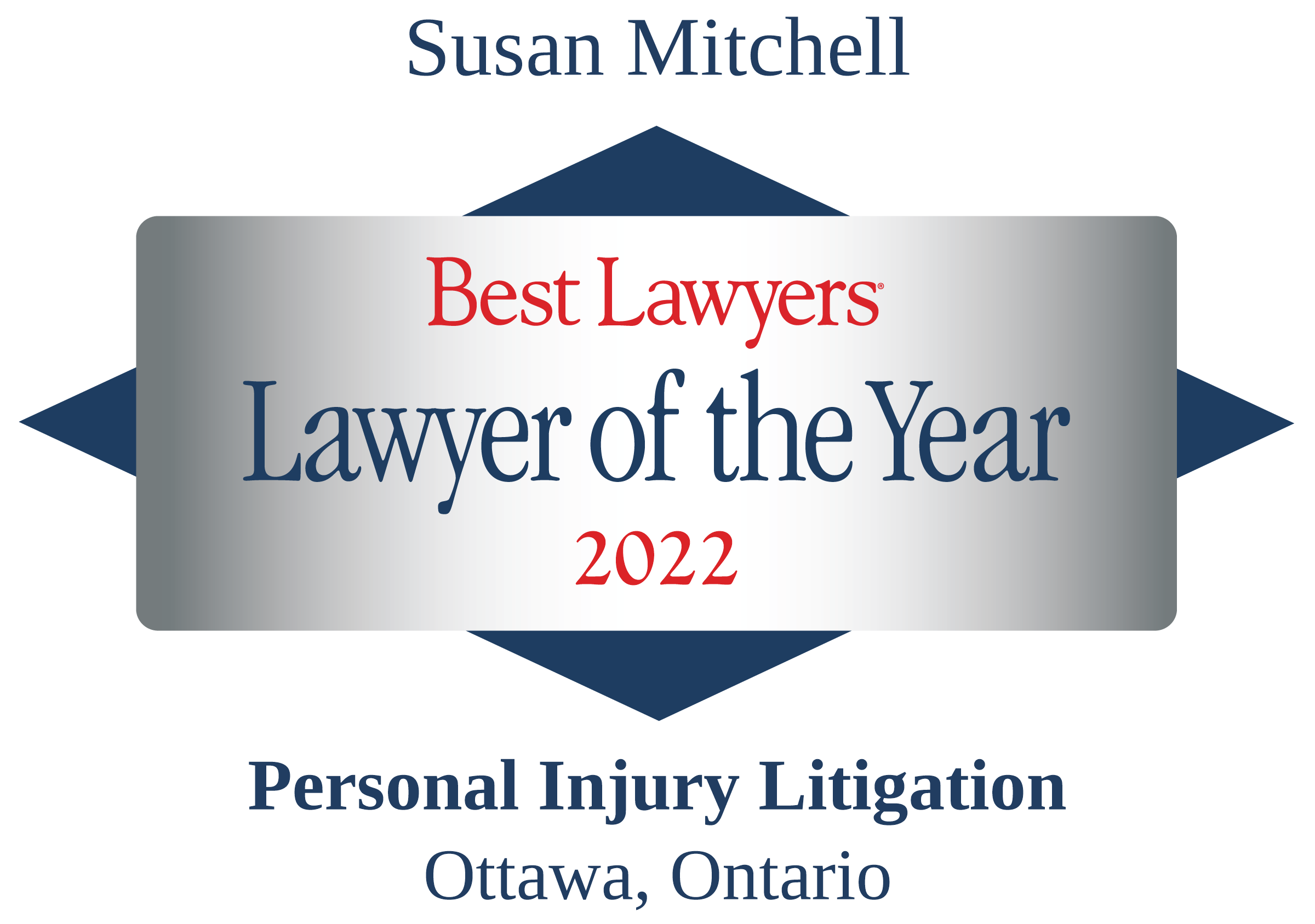For many, advancements in self-driving car technology have opened up exciting possibilities surrounding the future of driving (like the prospect of simplifying your morning commute!). At the same time, however, these advancements raise questions about self-driving car liability. For example, who is responsible when a self-driving car is involved in an accident? And are self-driving cars allowed to operate in Ontario, anyway?
We’ll cover these topics—and more—in the following blog post, which breaks down the definition of “self-driving car,” discusses how Ontario is currently regulating self-driving cars, and considerations for self-driving car liability in personal injury cases.
What is a Self-Driving Car?
Self-driving cars are vehicles that can operate without a human driver (in whole or in part) and, in some cases, without a human present in the vehicle.
However, not all self-driving cars are built equally. According to the Society of Automotive Engineers, there are six defined levels of driving automation, as follows:
- Level 0: No automation (where a human performs all driving tasks).
- Level 1: Driver assistance (where a human performs most driving tasks, save for one automated system, such as cruise control).
- Level 2: Partial automation (where the vehicle can steer and accelerate, but a human must still monitor all driving tasks and take control when appropriate).
- Level 3: Conditional automation (where the vehicle can perform most driving tasks, but human intervention is still required).
- Level 4: High automation (where the vehicle performs all driving tasks, and human intervention is available).
- Level 5: Full automation (where the vehicle performs all driving tasks and no human intervention is required).
Self-Driving Cars in Ontario
Ontario allows vehicles with automation Levels 0 to 2 to operate on its roads. Level 3 vehicles are also allowed in Ontario, with the caveat that drivers are always responsible for their safe operation.
Drivers who wish to use Level 4 or 5 automation may also be permitted to operate on Ontario’s roads under Ontario’s Automated Vehicle Pilot Program.
Testing Requirements for Self-Driving Cars
The testing requirements for self-driving cars under Ontario’s Automated Vehicle Pilot Program provide some guidance on their proper operation in Ontario.
Unsurprisingly, automated vehicles—like any vehicle—are expected to follow the rules of the road as outlined in Ontario’s Highway Traffic Act, R.S.O. 1990, c. H.8. Drivers of self-driving cars must also ensure that they have the right driver’s license for the vehicle, that the vehicle is working safely, and that they can take over control of the vehicle when required. To that end, drivers of self-driving cars must always stay seated in the driver’s seat when operating a self-driving car in Ontario.
Insurance Requirements for Self-Driving Cars
Beyond following the rules of the road and testing requirements for self-driving cars in Ontario, those wishing to take advantage of self-driving cars must also ensure they have appropriate insurance.
Automated Vehicle Pilot Program applicants must ensure that they have at least $5 million in liability coverage (or $8 million for vehicles with a seating capacity of eight or more passengers). This rule helps ensure that participants have enough financial coverage to protect themselves if their self-driving car is involved in an accident and they are found liable for injuries or losses. In the same vein, this rule helps ensure that personal injury victims who suffer injuries or losses due to a self-driving car accident can recover damages for their losses.
Self-Driving Cars and Liability Issues
In a traditional motor vehicle accident, liability typically rests with the offending vehicle’s driver (or is apportioned between the parties involved in the accident, depending on the circumstances). However, self-driving cars create interesting liability questions in these cases. For example, if the human operator was sitting passively in the vehicle and the self-driving car made an error, resulting in an accident, is the “driver” at fault?
The Operator is Ultimately Responsible for Self-Driving Car Liability
While liability rules may change quickly due to advancements in self-driving car technology, it’s safe to assume that traditional liability principles still apply to self-driving cars. At the end of the day, operators of self-driving cars are expected to follow the rules of the road and intervene if a self-driving car makes an error that results in an accident.
Manufacturers Could Be Liable for Self-Driving Car Accidents
Depending on the circumstances under which an accident occurred, an injured party may be able to argue that the manufacturer of the self-driving car was partially or wholly liable for the accident. For example, if the self-driving vehicle makes an incorrect decision while driving due to a defect in its design, and that decision results in an accident, it could be argued that the manufacturer is partially or wholly liable for the resulting injuries or losses.
What Do I Need To Know About Self-Driving Car Liability?
As self-driving cars become more popular and technology advances, self-driving car operators need to remember that responsibility rests with them at the end of the day. While other actors, such as manufacturers, could be found partially or wholly liable for an accident, do not assume you can evade an accident if you rely on a self-driving car’s automation features.
As self-driving cars become more common, case law will likely provide further guidance on self-driving car liability. For now, operators must prioritize safety while operating a self-driving car. Some helpful tips for self-driving car safety include the following:
- Understand your vehicle’s capabilities: it’s crucial to understand the level of automation your car provides and how its features work before operating a self-driving vehicle.
- Get proper insurance coverage: ensure you have the minimum liability coverage required (though more is better).
- Stay vigilant: stay alert and ready to take control of your self-driving vehicle at all times to protect your safety and those around you.
- Understand your rights and obligations: as technology advances, so will the laws and regulations surrounding self-driving car liability. Stay informed, and don’t hesitate to speak with an experienced motor vehicle accident lawyer if you have any questions or concerns regarding your rights and obligations as a self-driving car owner.
Experienced Ottawa Motor Vehicle Accident Lawyers Serving Ontario
Tierney Stauffer LLP’s personal injury lawyers have over 35 years of experience representing victims of car and truck accidents. Regardless of the type of vehicle involved in the accident, we can advise on the best course of action so you can recover financially and move on with your life.
To speak with a member of our personal injury team, call us at 1-888-799-8057 or contact us online for a free consultation.


